How to Write an Agreement Letter Template
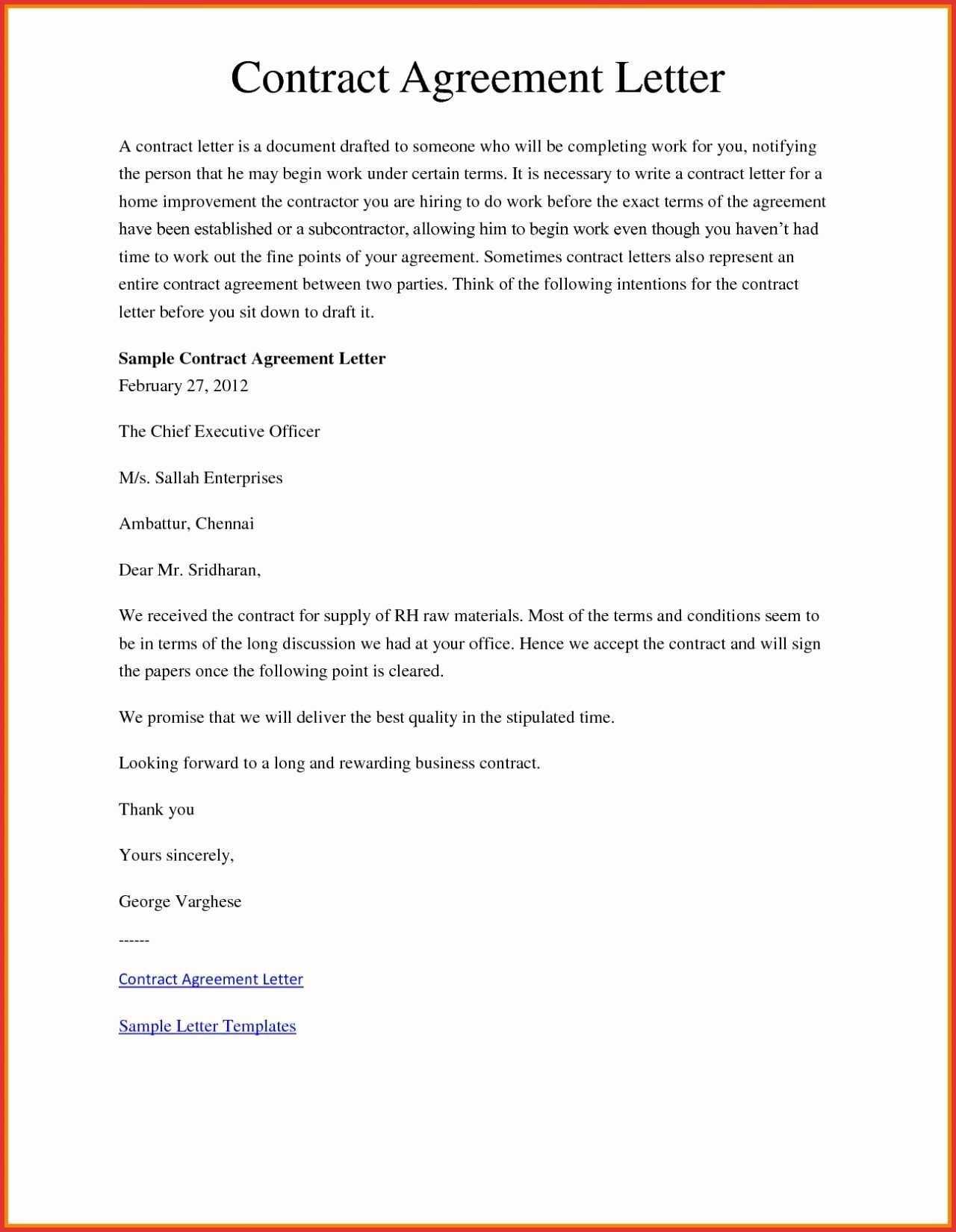
When two or more parties come to an understanding, it’s essential to document the terms and conditions in a clear and structured way. A well-crafted document helps ensure mutual agreement and prevents misunderstandings. It serves as a reference point in case of disputes and establishes the framework for the collaboration.
To achieve this, certain components must be carefully considered and included in the final draft. These key elements outline the responsibilities, expectations, and obligations of each participant. By following a few simple guidelines, you can create a formal document that is both professional and legally sound.
Precision and clarity are paramount when structuring such a text. It is important to choose the right words, avoid ambiguity, and remain concise. With the right approach, you can ensure that all parties involved fully understand their commitments and the terms under which they operate.
Understanding the Purpose of an Agreement Letter
When two parties decide to collaborate or enter into a mutual understanding, it’s crucial to clearly define the terms of the relationship. A written document serves as a formal record, ensuring that both sides are on the same page. This approach minimizes the risk of misunderstandings and helps establish trust between the parties involved.
The primary objective of such a document is to outline the expectations, obligations, and responsibilities of each participant. It creates a reference point that can be consulted if any issues arise during the course of the arrangement. Without a clear, written reference, even small misunderstandings can escalate into larger disputes, so this step plays a vital role in maintaining a smooth process.
Additionally, having a written agreement offers legal protection for both sides. It provides evidence of the commitments made, which can be useful if enforcement becomes necessary. In summary, the purpose of creating this kind of document is to ensure clarity, fairness, and security for all parties involved.
Key Elements to Include in Your Template
For any formal document outlining mutual responsibilities and expectations, it is essential to incorporate specific components that clearly communicate the terms. These elements ensure that all involved parties understand their commitments and help avoid any potential confusion or disputes.
Essential Information to Start
- Names of the parties: Clearly identify each participant involved in the arrangement.
- Purpose of the document: State the reason behind the agreement and the objectives to be achieved.
- Date of creation: Include the date on which the document is being formalized.
Key Terms and Conditions
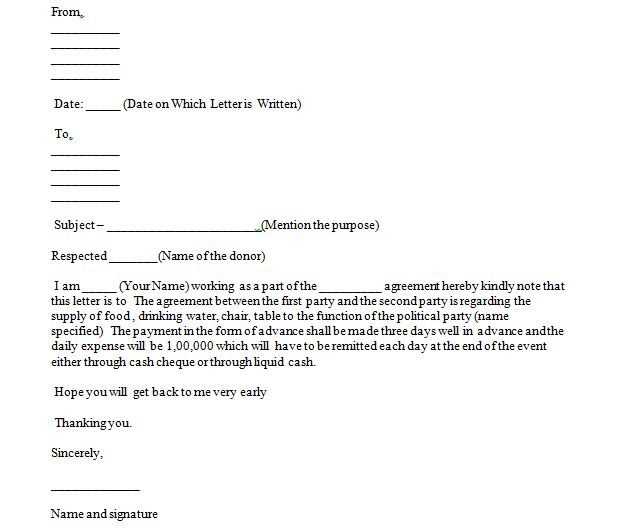
- Responsibilities: Outline the obligations each party must fulfill.
- Duration: Specify the time frame for the arrangement and any deadlines or milestones.
- Consequences: Include penalties or remedies in case of non-compliance or breach of terms.
By structuring the document with these core elements, you help to create a clear and enforceable understanding between all parties involved, promoting transparency and mutual respect.
Choosing the Right Tone and Language
When drafting a formal document, the tone and language you use are crucial in conveying professionalism and clarity. The choice of words can significantly impact the way the message is received, so it is important to strike a balance between being clear, polite, and firm. A well-chosen tone can help set the right expectations and foster a positive relationship between the involved parties.
It’s essential to avoid overly casual language, as it may undermine the seriousness of the document. Similarly, being too rigid or overly formal can create unnecessary distance. Strive for a tone that is respectful, neutral, and clear to ensure that all parties feel comfortable and confident with the terms being outlined.
| Type of Language | Appropriate Use |
|---|---|
| Formal | Used for professional settings, ensuring clarity and respect between parties. |
| Neutral | Ideal for avoiding biases, keeping the message clear and direct. |
| Polite | Helps maintain a positive relationship while discussing obligations and responsibilities. |
By selecting the appropriate tone, you help ensure that the document remains professional, precise, and suitable for any formal situation.
Steps to Draft a Professional Agreement
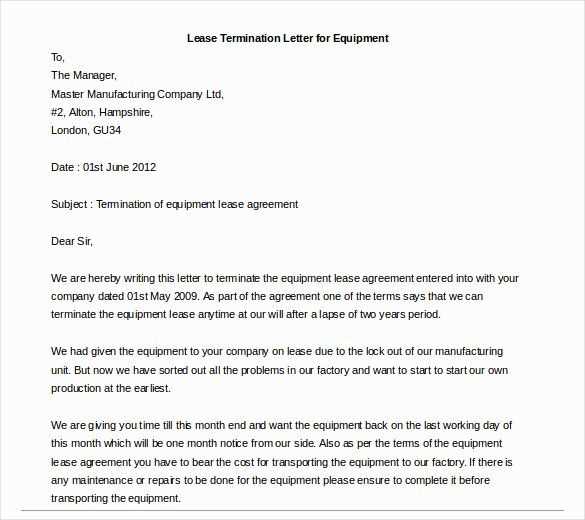
Creating a formal document that outlines the terms of a mutual understanding requires careful attention to detail and structure. Following a clear set of steps can help ensure the result is both professional and effective. By methodically approaching the drafting process, you can ensure all critical points are covered and that both parties feel confident about the terms.
1. Gather All Relevant Information
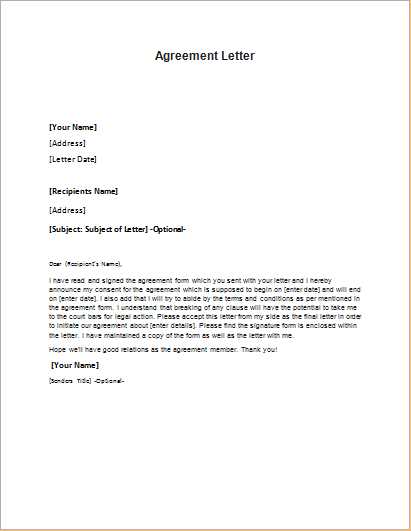
The first step is to collect all necessary details, including the names of the participants, the objectives, the responsibilities, and any other key facts that need to be documented. Having this information in place will serve as the foundation for the rest of the text.
2. Outline Key Terms and Conditions
Next, clearly outline the terms that will govern the arrangement. This includes the obligations of each party, the timelines, the scope of the agreement, and any penalties for non-compliance. Ensure that these points are stated clearly and concisely to avoid ambiguity.
Once these foundational steps are completed, you can focus on formatting the document properly, ensuring it is easy to read and free of errors. A well-structured document is vital for presenting a professional image and ensuring mutual understanding.
Common Mistakes to Avoid When Writing
While drafting a formal document, there are several common pitfalls that can lead to confusion or misinterpretation. These mistakes can weaken the clarity and effectiveness of the text, ultimately causing misunderstandings between the parties involved. It’s essential to avoid these errors to ensure the document is clear, professional, and legally sound.
One of the most frequent issues is using vague or ambiguous language. Unclear terms can create room for different interpretations, which might lead to disagreements down the line. Always aim for precision and clarity when outlining expectations, obligations, and consequences.
Another mistake is neglecting to proofread the document before finalizing it. Typos, grammatical errors, and inconsistencies can undermine the document’s credibility. Thoroughly reviewing the text ensures that it’s polished and error-free, giving both parties confidence in the terms outlined.
Finally, not including all necessary details is a critical oversight. Skipping over important terms, such as deadlines, payment terms, or specific actions required, can lead to confusion or disputes. Ensure that all key points are covered to prevent any misunderstandings later on.
How to Personalize Your Agreement Letter
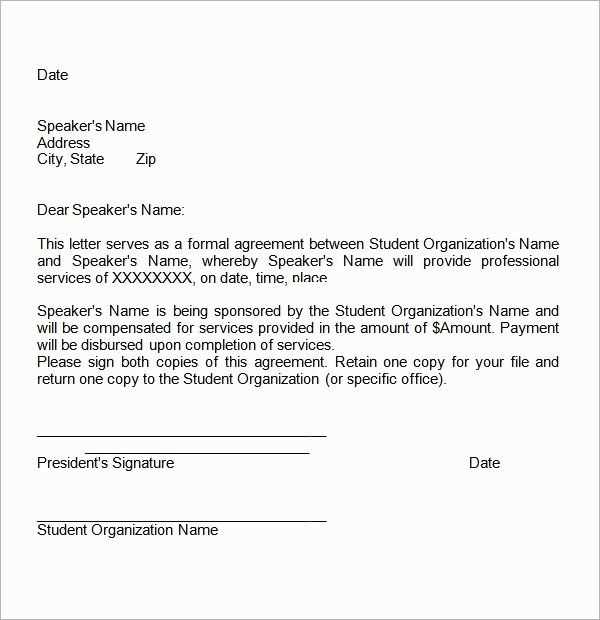
Customizing a formal document to fit the specific needs of the parties involved can make a significant difference in how the terms are received and understood. Personalization ensures that the document reflects the unique aspects of the arrangement, fostering a stronger sense of commitment and clarity.
1. Include Specific Details of the Parties Involved
Start by clearly stating the full names, titles, and roles of each participant. Including these details makes the document more relevant and specific to the situation. This helps avoid confusion and ensures that the terms are associated with the right individuals or organizations.
2. Address Specific Needs and Circumstances
Tailor the document to address the particular circumstances of the arrangement. For example, if there are unique timelines, deliverables, or requirements, make sure they are specifically mentioned. This level of detail demonstrates that the document is created with care and attention to the unique nature of the agreement.
Personalizing the text not only ensures clarity but also shows respect for the involved parties by acknowledging their specific needs. When each aspect is catered to, both sides are more likely to feel confident in the mutual understanding outlined in the document.